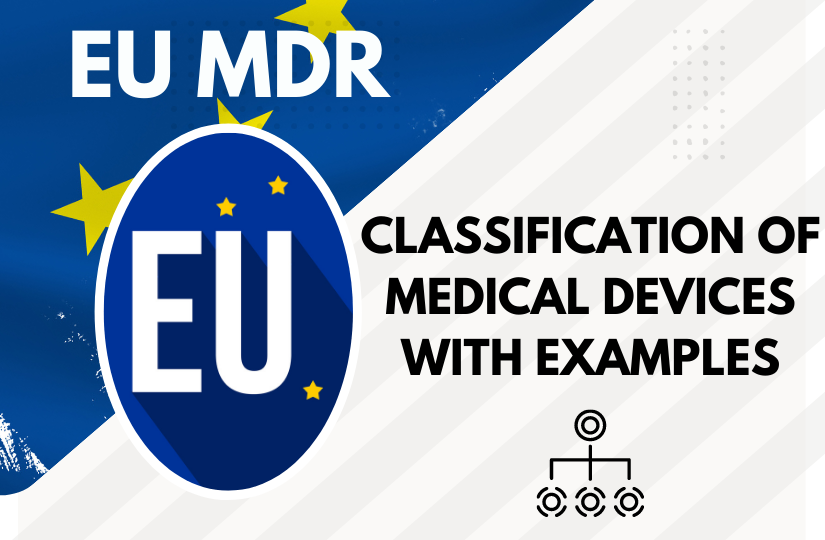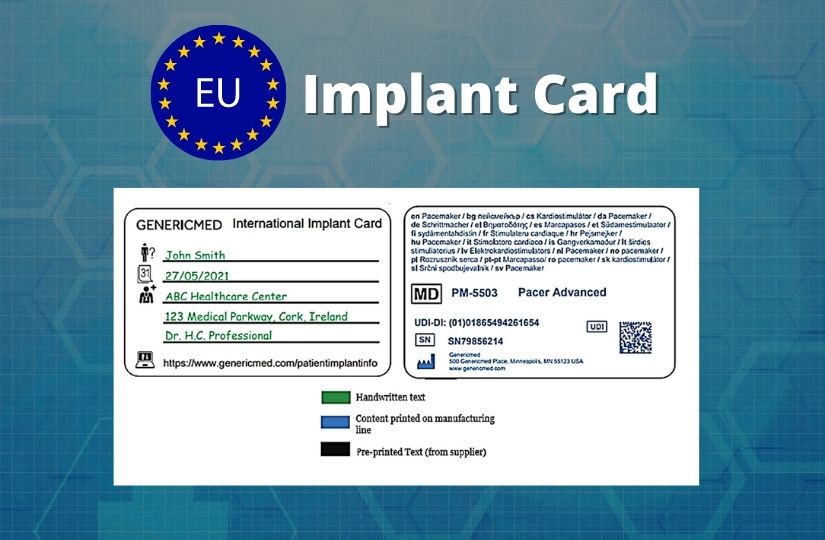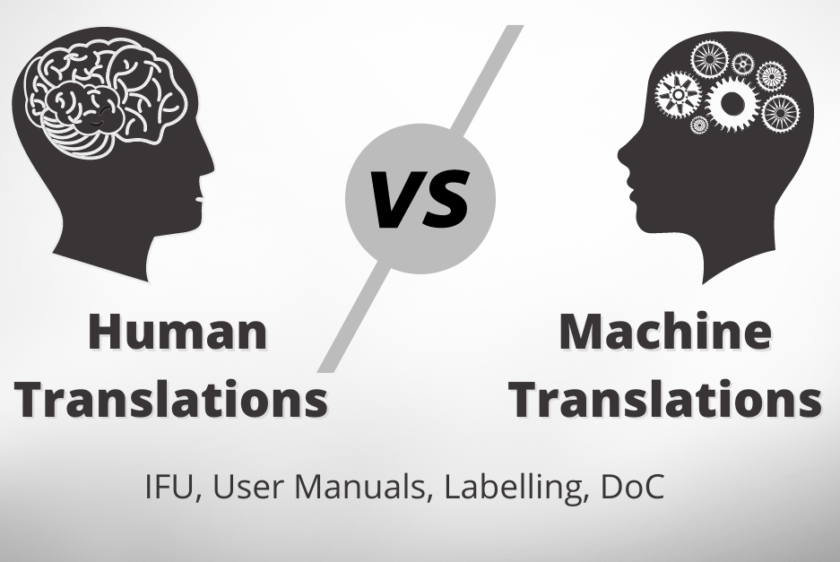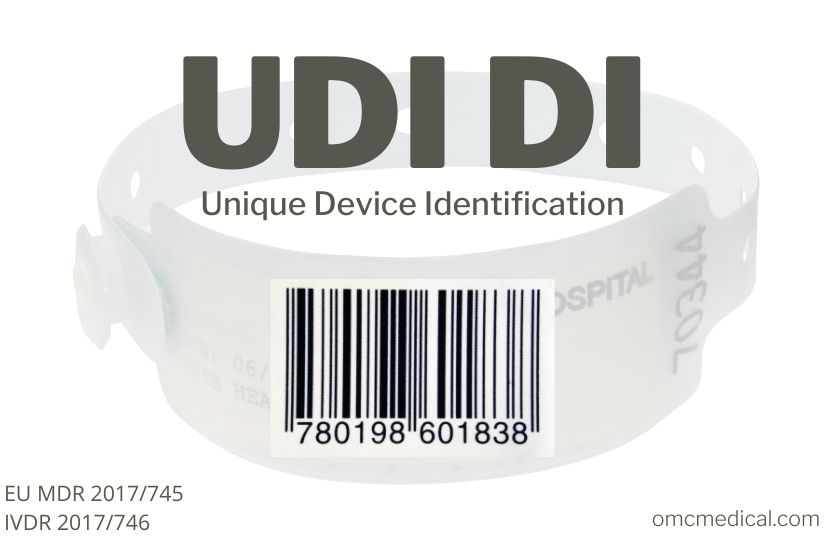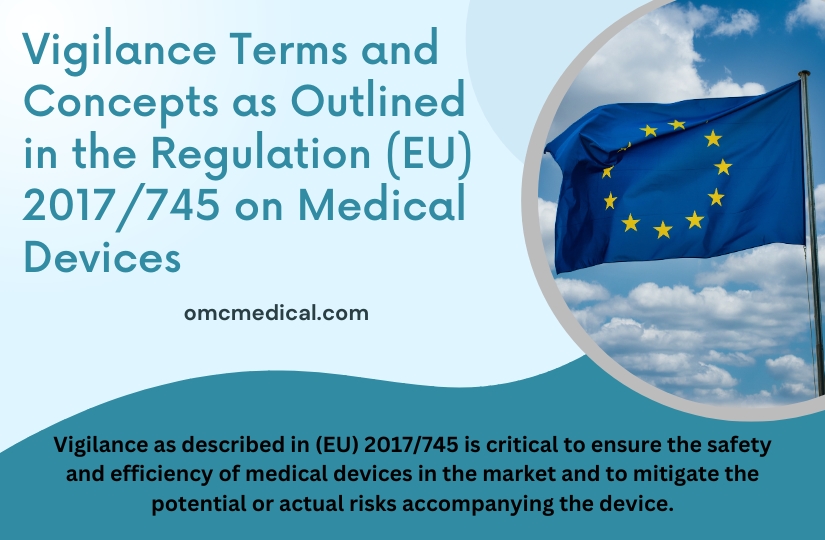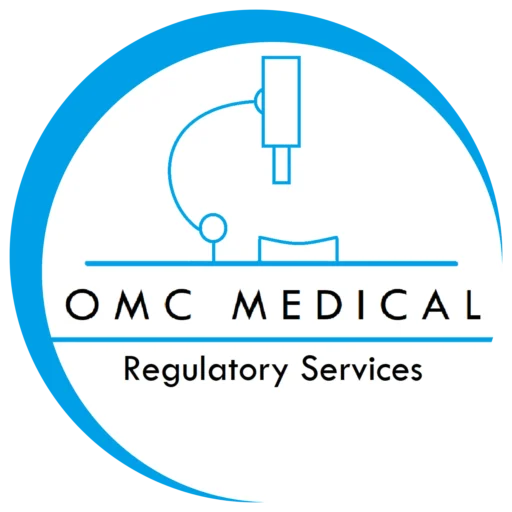EU
EU Classification of Medical Devices Around the world, the definition of medical devices varies. Still, generally, a medical device is any instrument, equipment, machine, appliance, implant, reagent for in vitro use, software, material, or other similar or related product intended by the manufacturer to be used either alone or in combination for various medical purposes. Medical devices range from low-risk products such as thermometers to high-risk devices such as pacemakers. In the European Uni...
Implant Cards for Europe
The European Union’s Medical Device Regulation (MDR 2017/745) introduces a new requirement for manufacturers producing implant cards for medical devices. As per EU MDR, implantable devices are any devices, other than the active implantable devices, that are partially or completely implanted into the human body or are used to replace an epithelial surface or the surface of the eye, by clinical intervention, and are meant to stay in place after the procedure. The device that is intended to be pa...
Importance of Human Translations vs Machine Translations
Human translation Human translations produce accurate results because it involves at least one language expert. Translations, with a human touch to them, are precise because of the in-depth knowledge that translators carry Human translations are done by native speakers of a particular language or people certified in language translations . Therefore, it is culturally diverse, nuanced and is of high quality. However, this high-quality product is expensive. Machine translation Machine transla...
UDI DI
UDI-DI On 5 May 2017, the EU published the new EU MDR 2017/745 and IVDR 2017/746 regulations in which they formally introduced the UDI system in the EU. The UDI comprises the following components The Basic UDI-DI is a technique introduced by the EU for linking medical devices to their regulatory documentation so that the model of the product can be uniquely identified throughout its entire lifecycle. The linked documentation may include the declaration of conformity, notified body certificates,...
Smart Wearables Regulations in the EU
The booming technological aspects have constantly challenged regulations established worldwide in the modern century because the regulations either inadequately govern novel technologies, or there always exists a scenario where the devices cannot be categorized within a given regulation. Smart wearables are one of those aspects falling into such debate in recent times. Days are no longer from the fact that these smart wearables may draw strict regulations to be in place. How are these general we...
Vigilance Terms and Concepts as Outlined in the Regulation (EU) 2017/745 on Medical Devices
According to European Union Medical Device Regulation (EU MDR) the term “Vigilance” is the identification, reporting and trending of serious incidents and the conduct of safety-related corrective actions (Market surveillance and vigilance). An ‘incident’ as per article 2(64) MDR is any malfunction or deterioration in the characteristics or performance of a device made available on the market, including use-error due to ergonomic features, as well as any inadequacy in the information supp...


